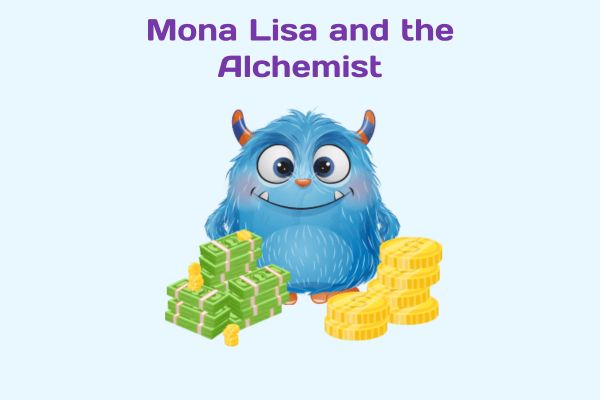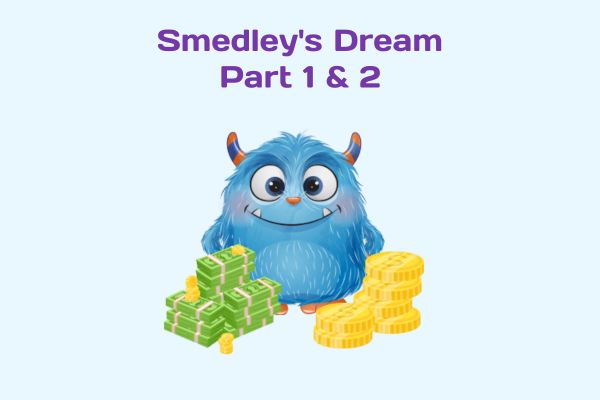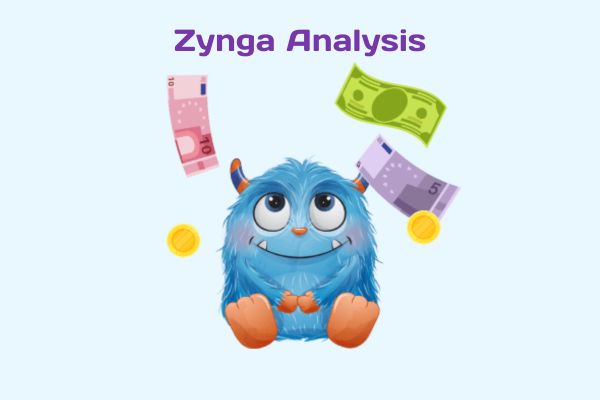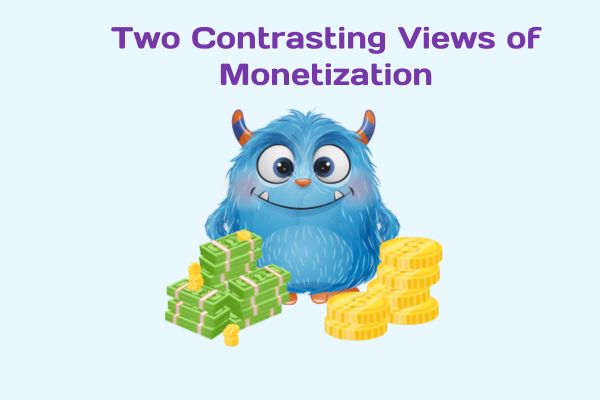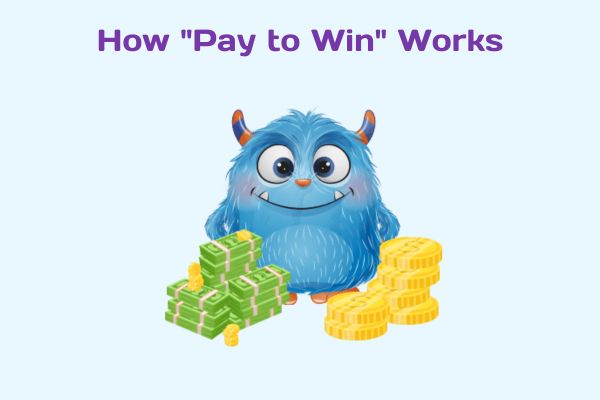Transferred from the original Gameful 1.0 site where it was published in 2011.
This is a teaser paper for my main work, “Sustainable Virtual Economies and Business Models”. Mona is only two pages long and explains some fundamental concepts of applied virtual economics in plain English. It was initially distributed at the 2010 E3.
Virtual Achievement
Traditionally in games that allow character advancement, the primary form of advancement is leveling. Perhaps you start at level one and can reach level sixty in your game. Every level a character can attain must come with matching content that the player can utilize to continue to level. So at level 50 you have level 50 areas with level 50 opponents, level 50 quests, level 50 treasures and so on. Players can race through this content quickly and never return to it. Conversely, for developers it is very time consuming to make these levels and to add new ones.
For both developers and consumers a more efficient and pleasurable means of advancement is material or wealth advancement. Wealth can be any material trapping, even a horse or clothing is wealth. The reason this is more efficient is that it is much easier for developers to add five (or even 100) new rare items to a world than to add one level. The trappings of wealth can also be used to customize your character so that your level 60 character looks and performs different than another level 60 character.
Possibly the greatest value of wealth in a virtual environment is prestige. If you have the only horse in your world, you are a very rich denizen indeed. If everyone has a horse then that horse has no prestige value at all. Real world objects can work in the same way. A rare and treasured work of art like the Mona Lisa is highly valued because it has desirable qualities and there is only one of them.
Rare items that have value but relatively low “uniqueness” like gold are valuable because of their scarcity. One is unlikely to have the only gold on Earth but because the demand for it is much higher than the supply, and because the supply is essentially stable, it is a reliable unit of wealth. Economists have many quantitative tools to predict changes in value based on changes in supply and demand of material goods.
The Mona Lisa
Now let us imagine that there is only one Mona Lisa in our world and it is worth one million dollars. Why is it worth this much? It would make poor firewood or a door stop. It is perhaps pleasing to the eye but we could make a million copies (and probably have) and each copy would be no less pleasing to the eye would it not? The original Mona Lisa has this value because it is the only one and thus having it confers prestige.
Now what if I were a magician who could make exact real copies of the original? The copies are totally indistinguishable from the first one. Once I make another Mona Lisa both Mona Lisa’s now are only worth perhaps $100,000 because now they have lost their prestige. An economist would predict that this good would drop in value by 50% since the supply doubled but the drop is actually much greater since now no one can brag that they have the only copy. Thus this prestige value that is so critical in virtual worlds is poorly modeled by real world economic models.
The Alchemist
Let us say that we have a world with a fixed and finite amount of gold in it. It’s value is stable and can be a bulwark against financial uncertainty. What if an Alchemist appeared in this world that demonstrated that he could and would make worthless items into gold at little or no cost. All of a sudden, without the Alchemist even making any gold, gold owners would panic and start selling off their reserves.
Why is this? The supply has not changed and real world economic models would say that the price should remain stable. What has changed is the anticipated supply. Investors are predicting that their gold will plummet in value and are eager to unload it before it becomes worthless. This causes a lack of confidence in gold as an investment. People do not want to store their wealth where it will disappear, otherwise what was the point in working hard and saving?
Why This Matters to Developers and Consumers
Developers want their customers to be immersed in their virtual world products. What primarily matters to customers is social interaction since without that they could be playing this game as a single player game with more enjoyment. Achievement is critical to social interaction in virtual environments as any intrinsic value of achievement is nebulous at best but the admiration of one’s peers is immediately apparent. People want to “be someone” and they desire the respect of their fellows.
If the world has a working economy then participants will also be trading in order to share their plenty to overcome their scarcities. This adds additional levels of social interaction and interdependence. This is critical to long-term product immersion. The existence of trade also gives rise to a variety of economic and business professions which in themselves can provide immense entertainment.
When a virtual environment is the subject of a real money transfer attack the goods in that world will suddenly become plentiful. This destroys the prestige of wealth and creates anticipated supply which further robs the will of your customers to participate in social interaction in your world. Such attacks are always accompanied by advertisements which aggravate customers and break immersion.
Competition in the world can give incentive to participants to feed the RMT attacks. This aggravates the attacks and brings a false sense of prestige to the buyer who knows he has earned nothing. Any respect given by his friends for his/her new wealth is tempered by the fact that that wealth is rapidly dropping in value and the suspicion his friends may feel as they wonder where the wealth came from.
The end result is a product that is just not fun for consumers and (if they feed the RMT attack) can also be very expensive for them. On the developer side they see money that their customers would have spent on their product instead go to the agents of the RMT attack. They also see the initial excitement over their product quickly fade and are left with the stress of choosing whether to pour more money into expansions/updates or start the countdown to the death march where the server plug gets pulled.
If you can create a world highly resistant to RMT attack then the wealth of the world maintains its value. Trade can flourish and players will invest in virtual material trappings with confidence knowing their investments will not quickly become worthless. Likewise, developers can invest in their worlds knowing that such investments will not be worthless as their customers will be immersed for some time to come. This can lead to a renaissance in game development investment, leading to new technologies and standards in interactive media entertainment. This is why I researched and wrote Sustainable Virtual Economies and Business Models (2009).
Popular categories at dk.topcasinoer.net:

